Reviewed by Julianne Ngirngir
Google just made a significant change to how it handles Find Hub enrollments, and frankly, the approach feels more aggressive than user-friendly. Google is quietly expanding automatic enrollment in the Find Hub network beyond its current triggers, giving users just 48 hours to opt out before their devices automatically join the crowdsourced tracking network. The 48-hour countdown is an increase from the original 24-hour window, but let's be honest—two days isn't exactly generous when it comes to privacy decisions that many users might not even notice.
This compressed timeline becomes even more problematic when you consider how Google is expanding these automatic triggers. What makes this particularly concerning is how Google is making participation feel inevitable through aggressive enrollment tactics. Here's what you need to know about these changes and why they matter for your Android device's privacy.
What triggers automatic Find Hub enrollment?
The triggers for automatic enrollment are surprisingly broad and cover everyday Android usage scenarios. Triggers include enabling Location services, syncing with Fast Pair accessories, pulling recent location data from another device, or stopping use of other linked devices. Essentially, normal device management activities can now push you into Google's tracking network without explicit consent.
When these triggers activate, an alert states: "This device will join the network in high-traffic areas within 2 days". The phrasing here is telling—it's not asking if you want to join, but informing you that enrollment is happening. Miss that window, and you're automatically opted in.
What's particularly frustrating is that auto-enrollment defaults to 'high-traffic areas only,' but you're still participating by having your device broadcast location signals to help track others' lost items. Even in this "limited" mode, your Android device becomes part of Google's crowdsourced surveillance network, scanning for Bluetooth signals from lost devices and relaying their locations back to Google's servers.
Making matters worse, the notification timing is unpredictable across the enrollment process. Recent reports show that some users receive enrollment notifications a week before auto-enrollment, while others get the full 48-hour countdown. This inconsistency makes it even harder for users to stay informed about their privacy settings and creates confusion about when action is actually required.
Why Google wants your device in the network
Google's motivation here is straightforward: network density equals better performance. Google's Find Hub network leverages billions of Android devices to create a crowdsourced location-tracking system that can compete with Apple's established ecosystem. The strategy makes business sense—Google's aim is to build device density in the network to compete with Apple's ecosystem.
The performance benefits are real when the network reaches critical mass. In many regions, Find Hub's Bluetooth tracker performance rivals AirTags, though it requires internet connectivity to function. The difference is significant: Apple's network benefits from nearly universal participation among iPhone users, while the default setting for Find Hub previously contributed to the network's inconsistent performance, which explains why Google is pushing for more aggressive enrollment.
Given this aggressive push for network participation, Google has implemented several privacy safeguards to address user concerns, though these protections don't change the opt-out enrollment approach. The system includes not relaying location data unless multiple devices detect the same item, which prevents single-device tracking. Additionally, the network uses throttles that limit how often your device reports locations and how frequently item owners can query locations. These measures help protect individual privacy while maintaining network functionality, though they require trusting Google's implementation and ongoing commitment to these limitations.
How to maintain control over your privacy
The good news is that opting out remains straightforward, though you need to act quickly. You can opt out by going to Settings > Google > Find My Device and toggling off the feature. The opt-out can be set to 'Off' or 'Without network,' which removes your device from the crowdsourced network while still allowing you to locate your own devices.
PRO TIP: The "Without network" setting gives you the best of both worlds—you can still use Find My Device to locate your own lost Android devices and accessories, but your phone won't participate in tracking others' items.
While these opt-out steps work for existing users, Google is also planning setup improvements for new devices that should make privacy choices more visible from the start. During device setup, a new step will appear that allows users to configure Find Hub, giving users more visibility into the feature from the start. The setup page prompts users to adjust their Find Hub settings by choosing between "Findable in busy places only" and "Findable everywhere", with "Findable in busy places only" as the default.
However, the feature has not rolled out yet but is enabled behind the scenes and can be activated manually. Google is introducing this change with the latest Play Services update, v25.24, so expect to see these prompts appearing during new device setups soon. This represents a step toward more transparent privacy controls, though it doesn't address the aggressive auto-enrollment affecting current users.
The bigger picture on Android privacy defaults
This Find Hub change reflects a broader trend in how Google handles privacy defaults across its services. The opt-out approach mirrors other recent changes, like how Google began automatically enabling Gemini's access to third-party Android apps, overriding existing user settings. These patterns suggest that Google increasingly views comprehensive data collection as the default state, with privacy as an option users must actively choose.
The two-day window for Find Hub opt-outs, while better than the original 24 hours, still feels rushed for such an important privacy decision. Google's opt-out (rather than opt-in) approach to AI data collection directly conflicts with data minimization principles that many users expect from their devices. This approach creates particular challenges for enterprise and healthcare users, where automatic enrollment in tracking networks can trigger compliance violations with HIPAA, NIST 800-171, or other regulatory frameworks that require explicit consent for data sharing.
For organizations managing Android devices, these automatic enrollments create additional compliance challenges that require constant vigilance. IT administrators now need to proactively audit privacy settings across device fleets rather than relying on conservative defaults. The key takeaway here is that Android users—both individual and enterprise—need to stay more proactive about monitoring their privacy settings. Google's services are becoming more interconnected and more aggressive about enrollment, making it essential to regularly review what data you're sharing and with whom.
Where do we go from here?
Google's Find Hub changes highlight the ongoing tension between building effective services and respecting user privacy. While the network's performance benefits are genuine—the default setting for Find Hub is a contributing factor to why the network doesn't always work as well as alternatives like Apple's AirTag—the aggressive enrollment tactics feel heavy-handed.
The upcoming device setup improvements are a step in the right direction, but they don't address the core issue: existing users facing automatic enrollment with minimal notice. If you want to maintain control over your Find Hub participation, check your settings now at Settings > Google > Find My Device. Don't wait for the notification—by then, you're already on the countdown clock.
Bottom line: Google's building a powerful tracking network, and your device is likely going to be part of it unless you actively choose otherwise. The question isn't whether Find Hub is useful—it is. The question is whether you want that choice made for you with just 48 hours' notice.




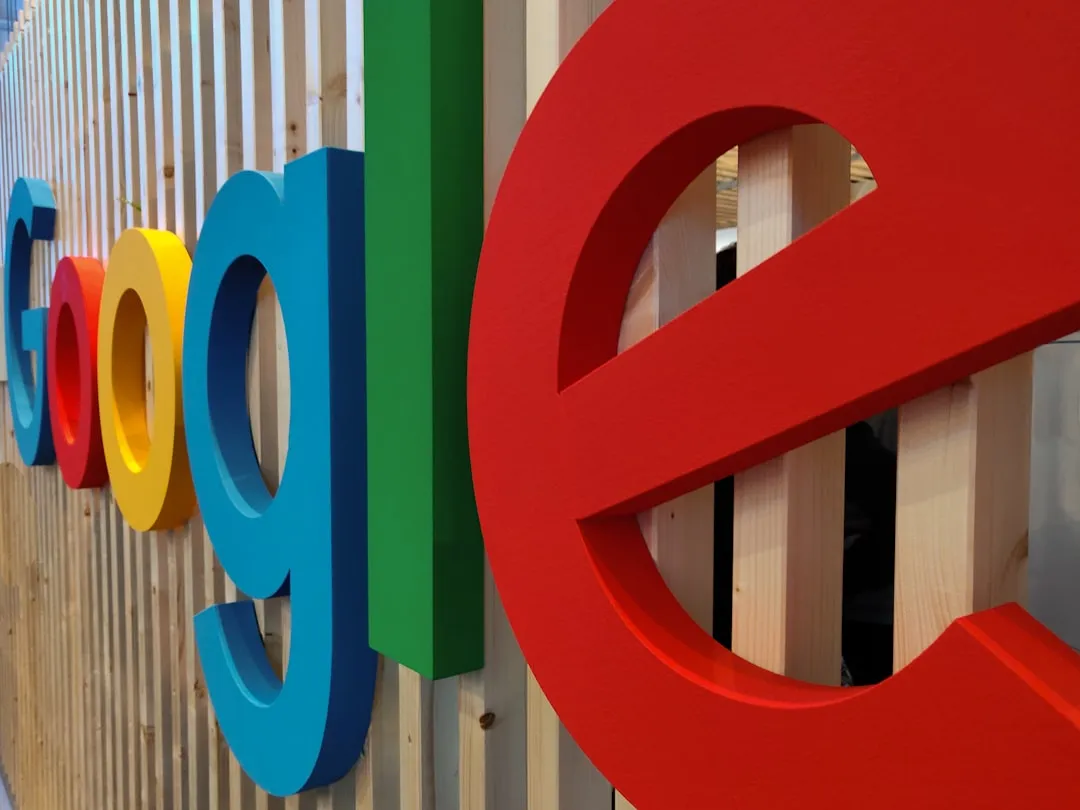



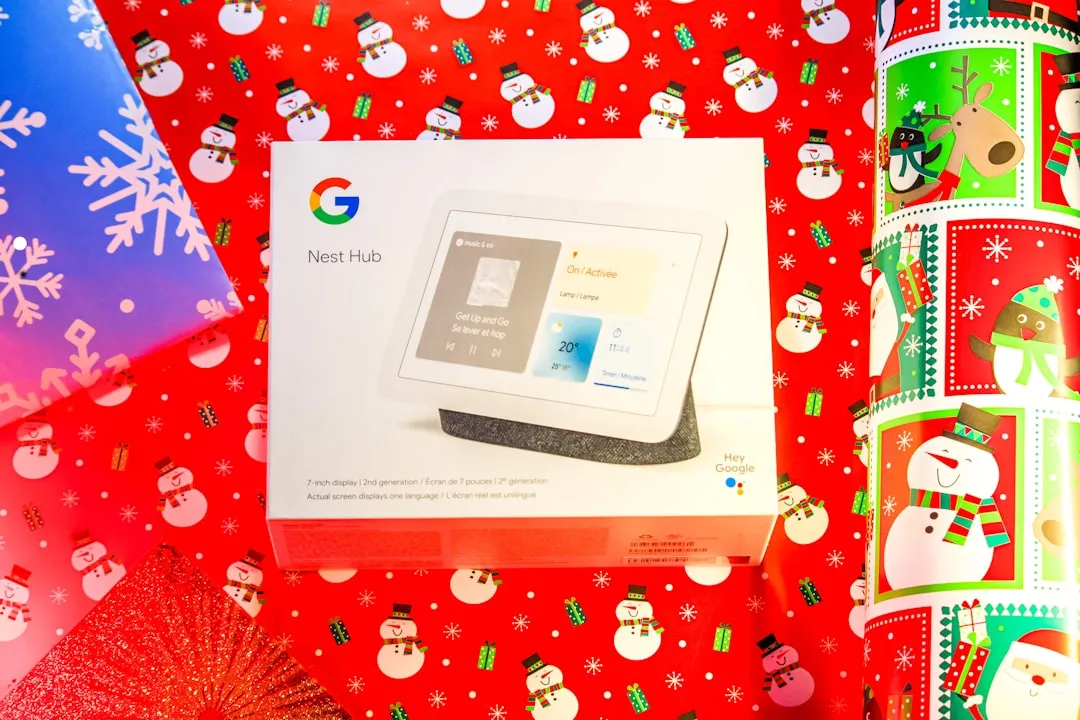


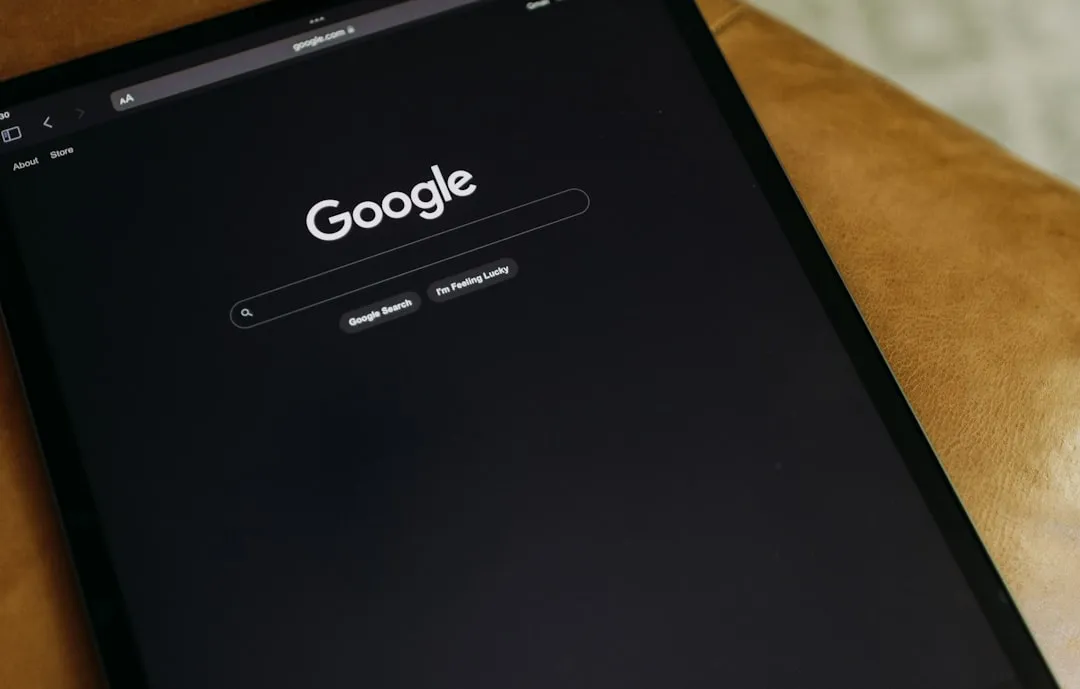
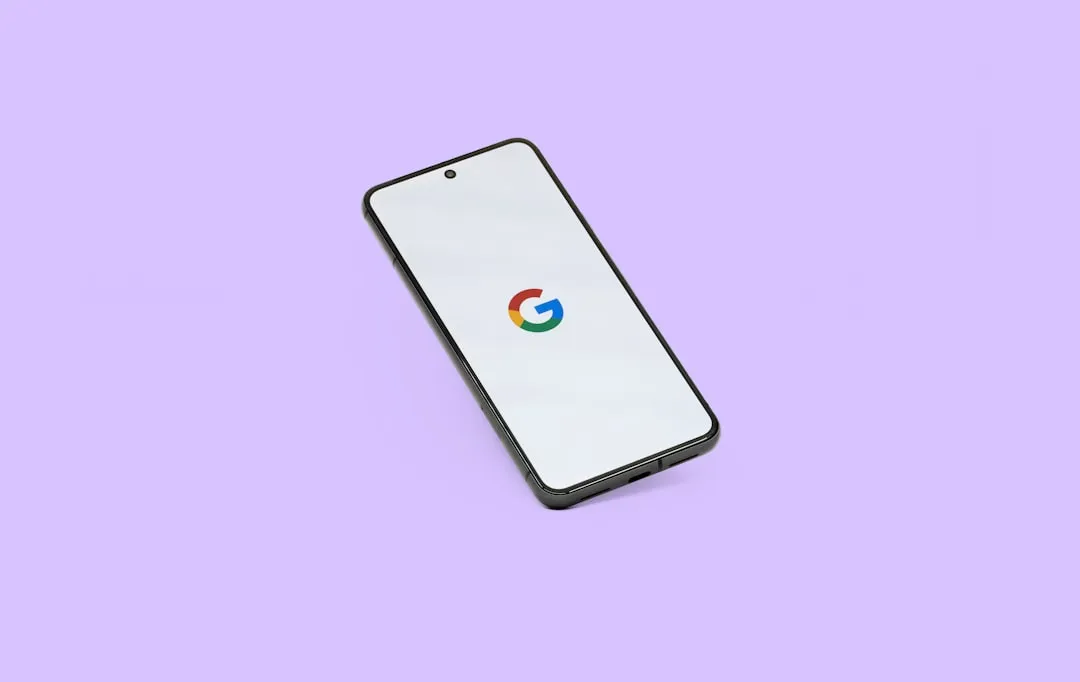
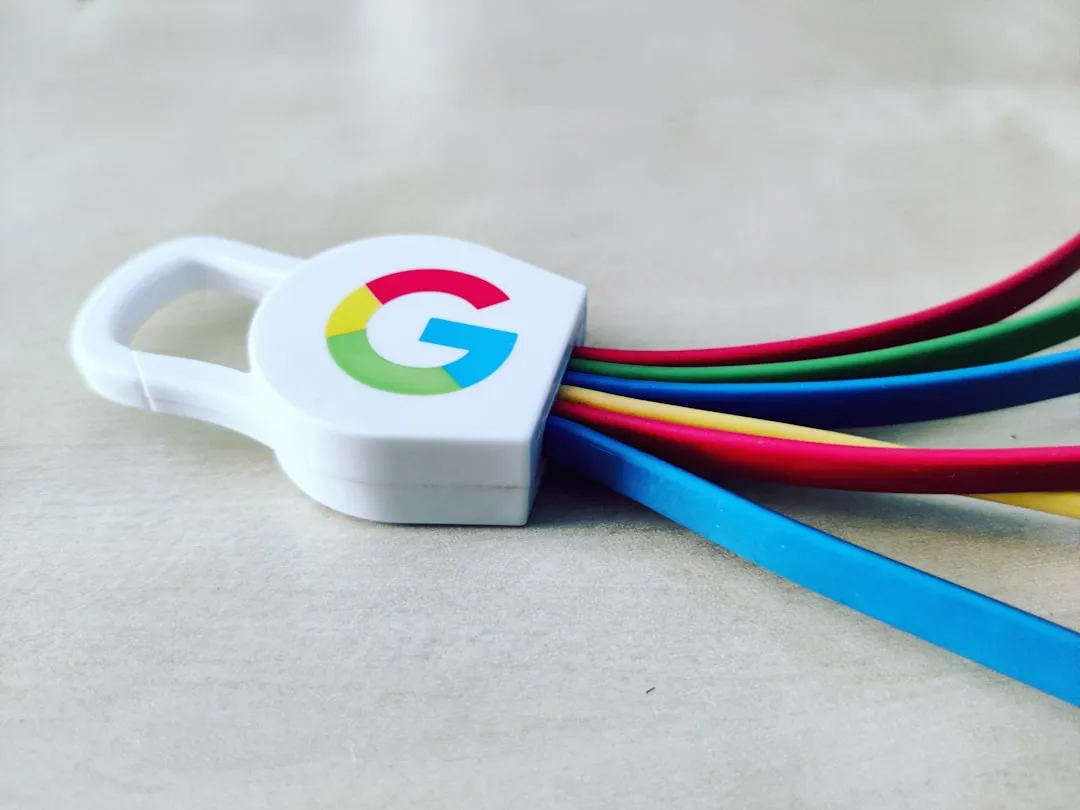
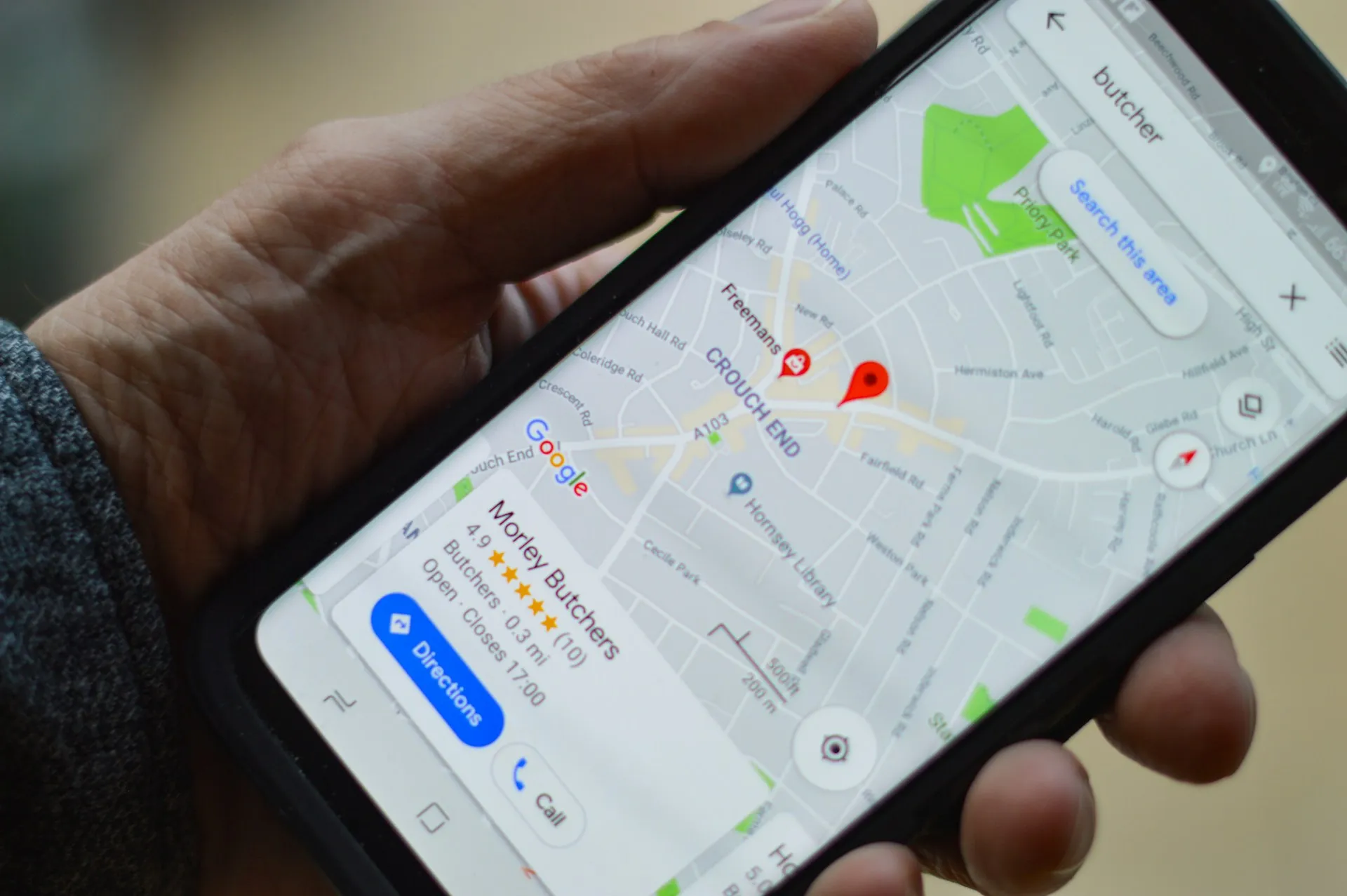
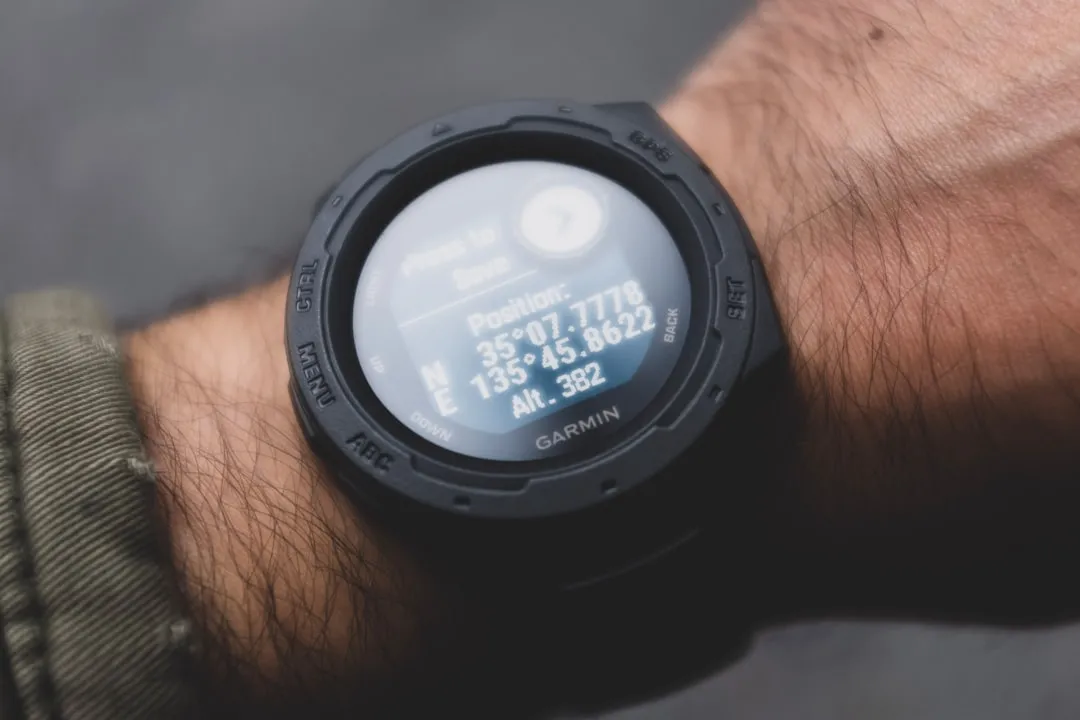

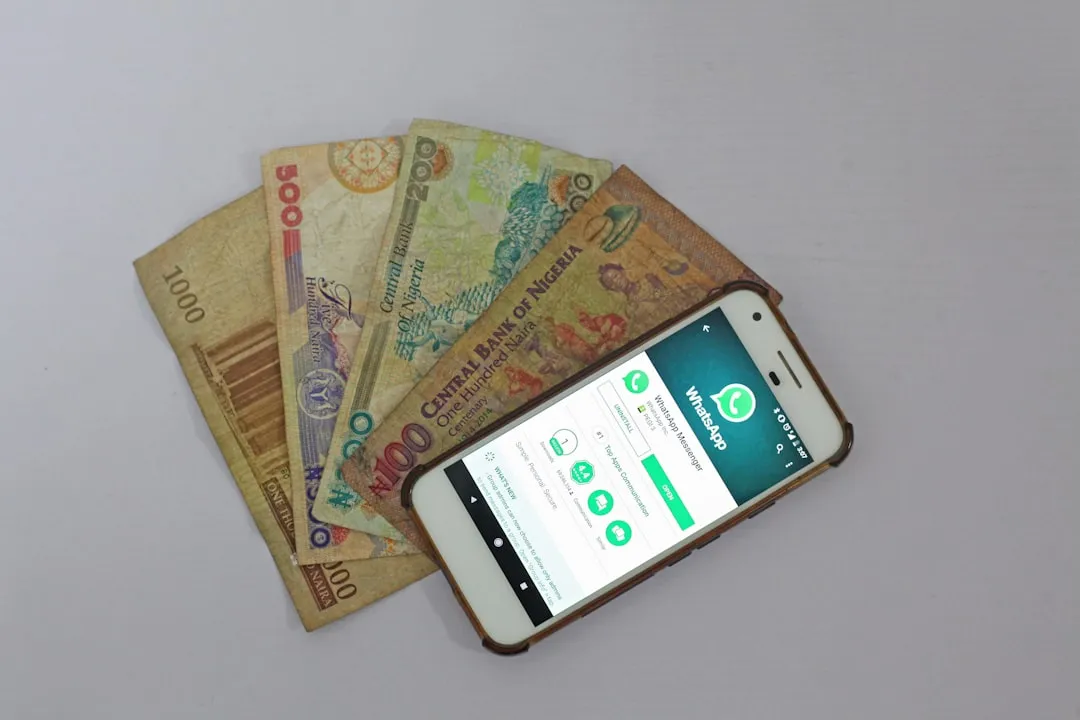
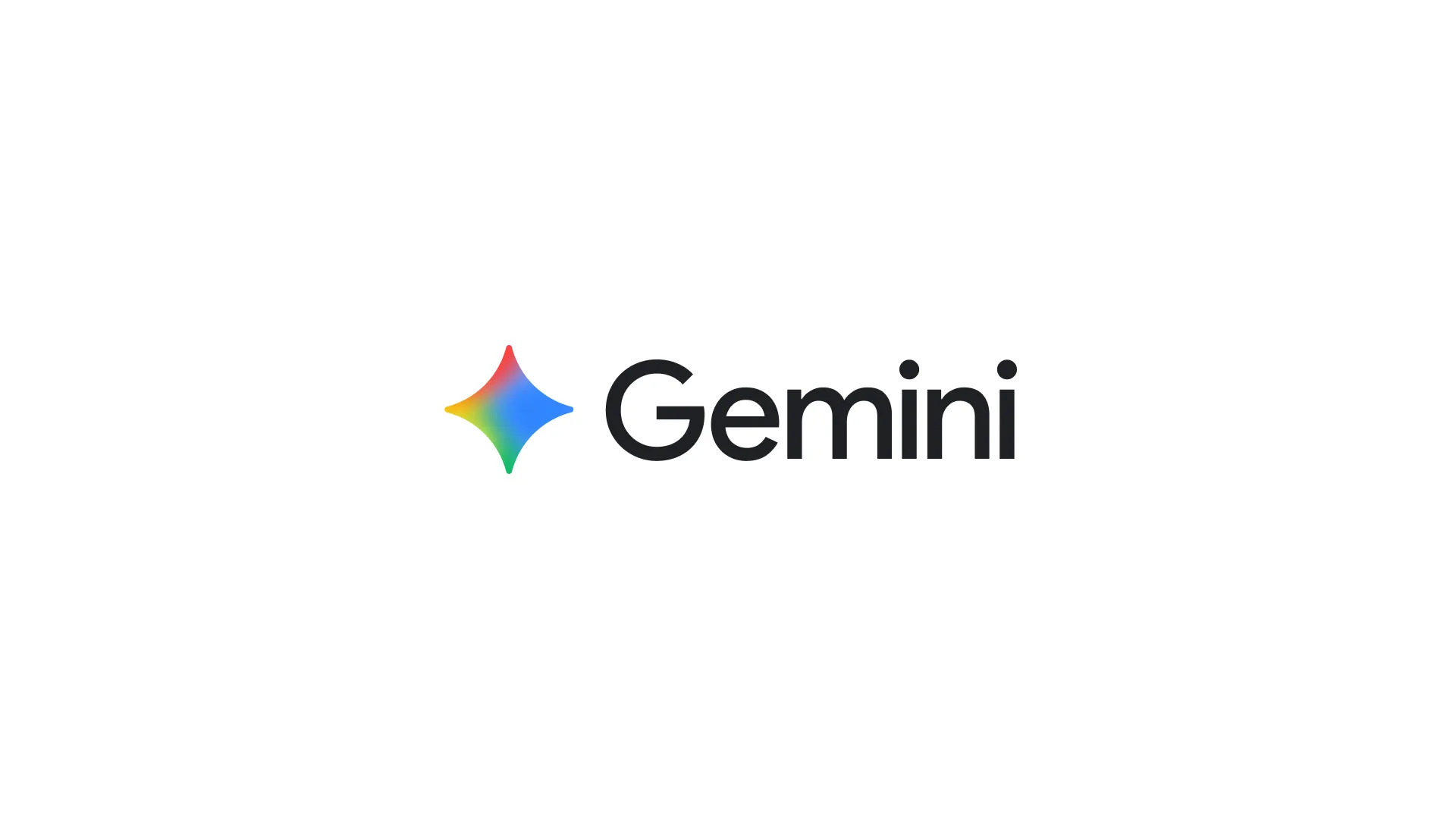
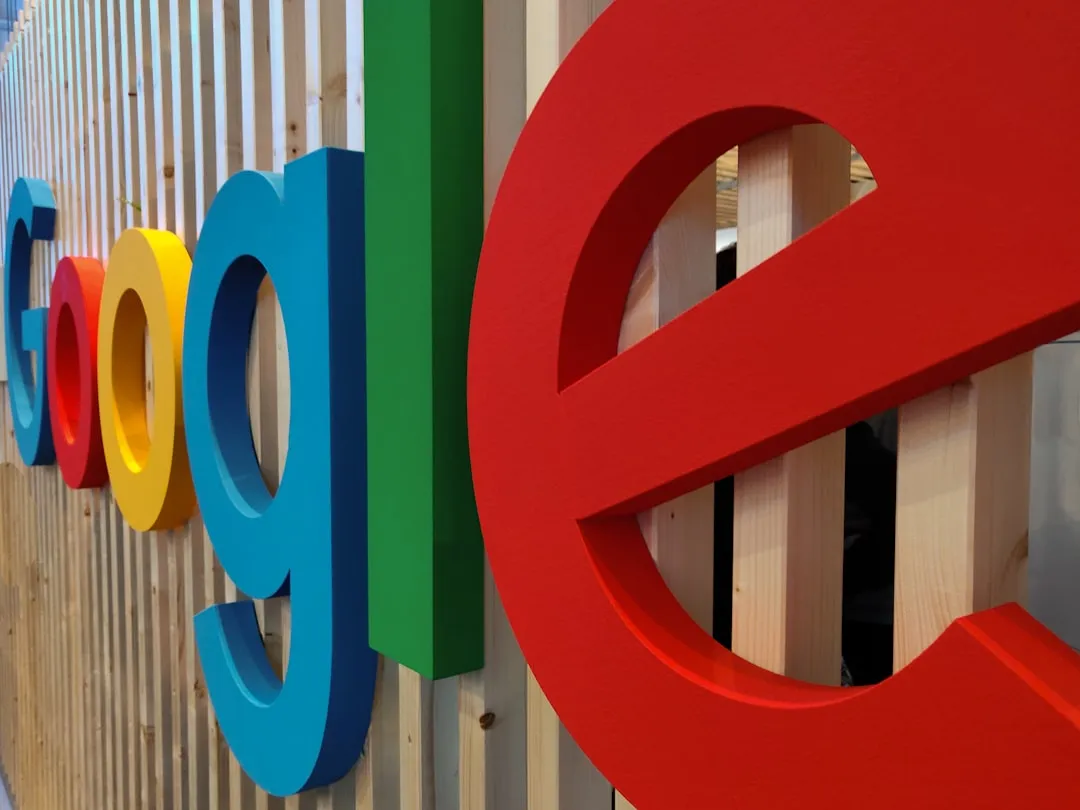
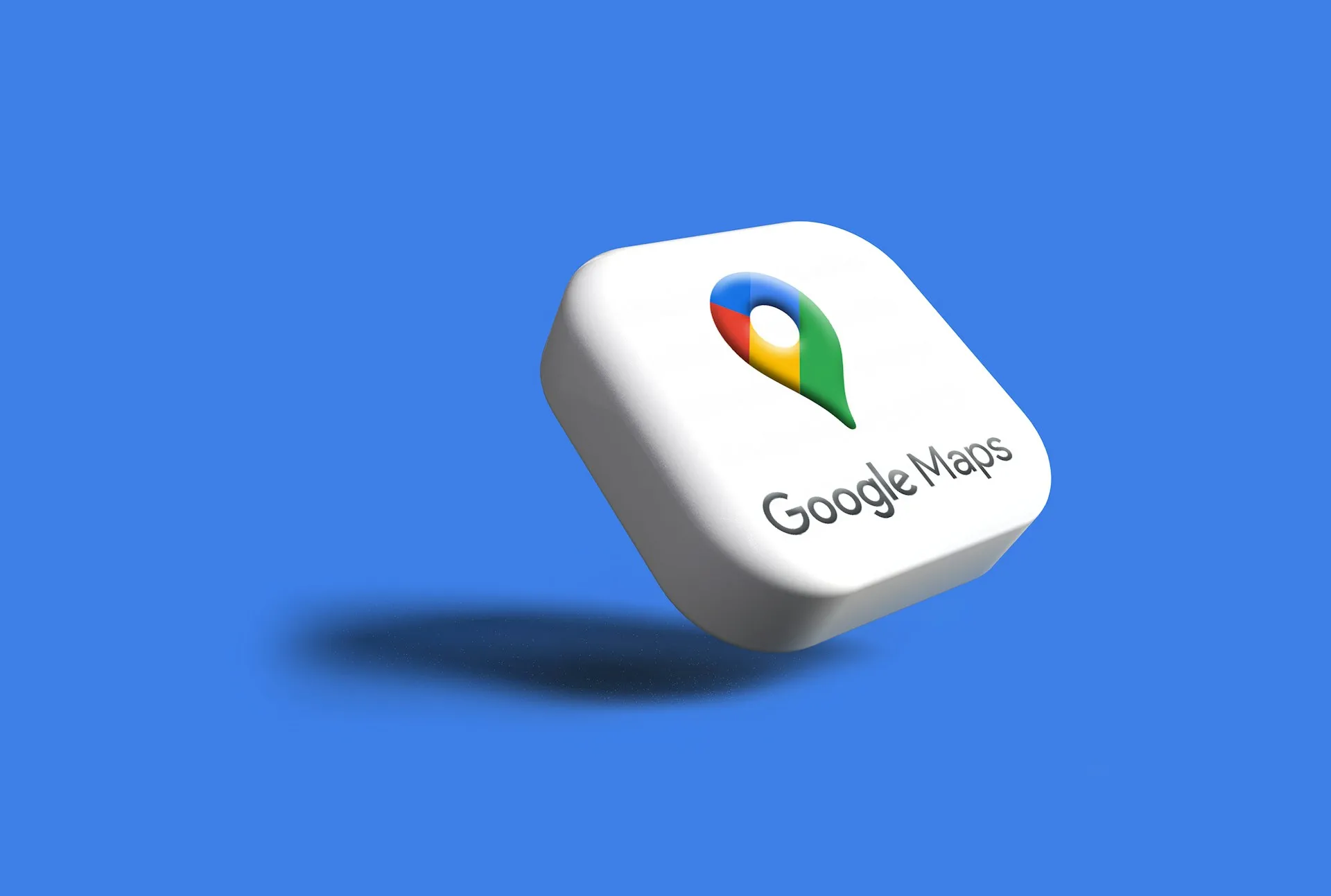
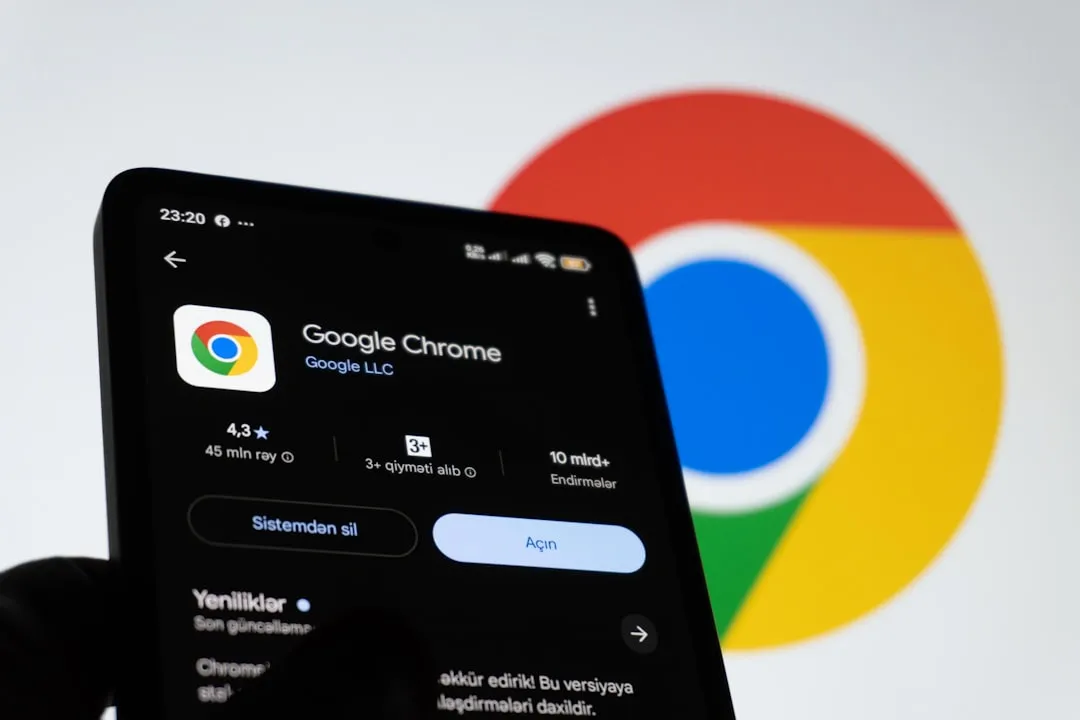

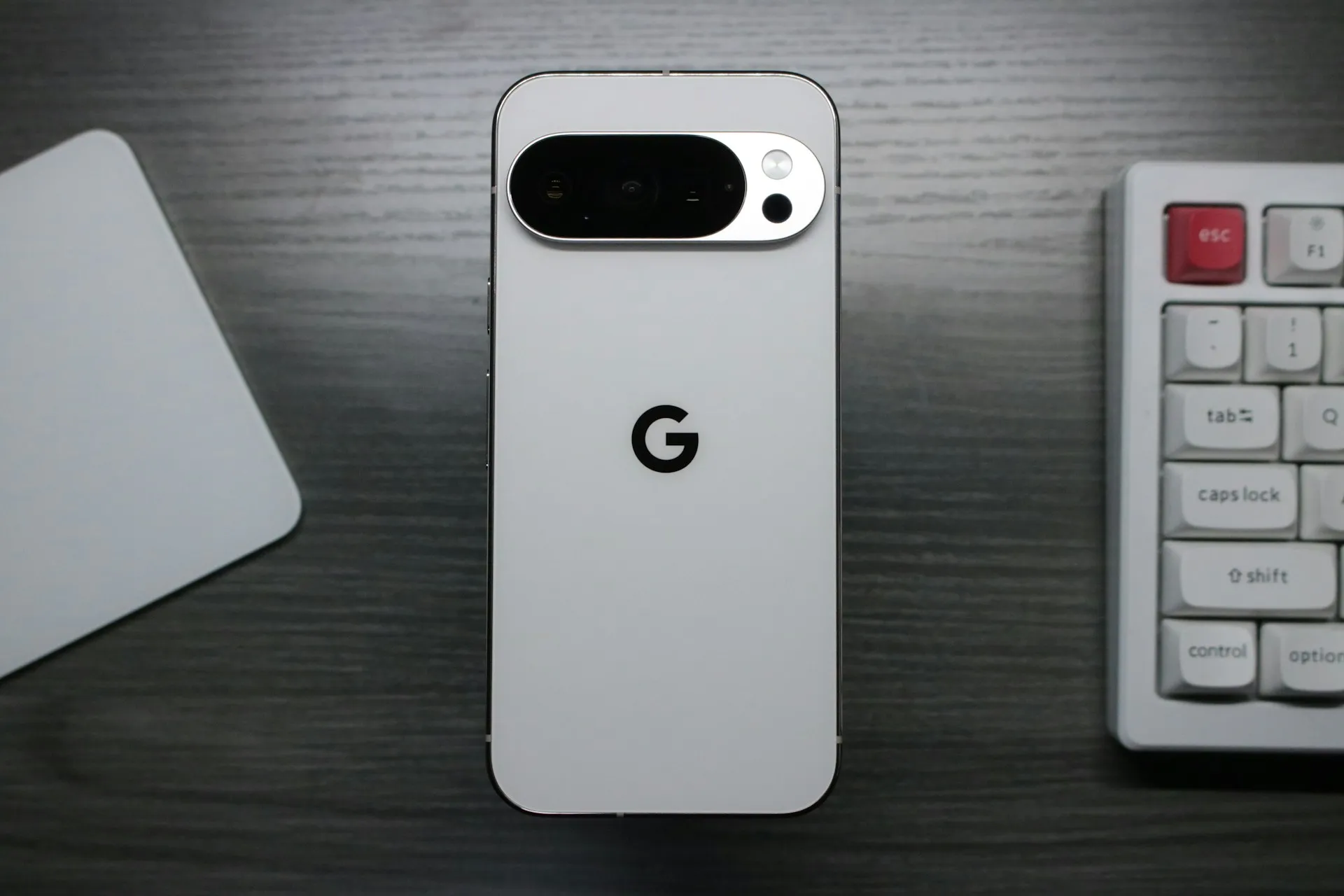
Comments
Be the first, drop a comment!